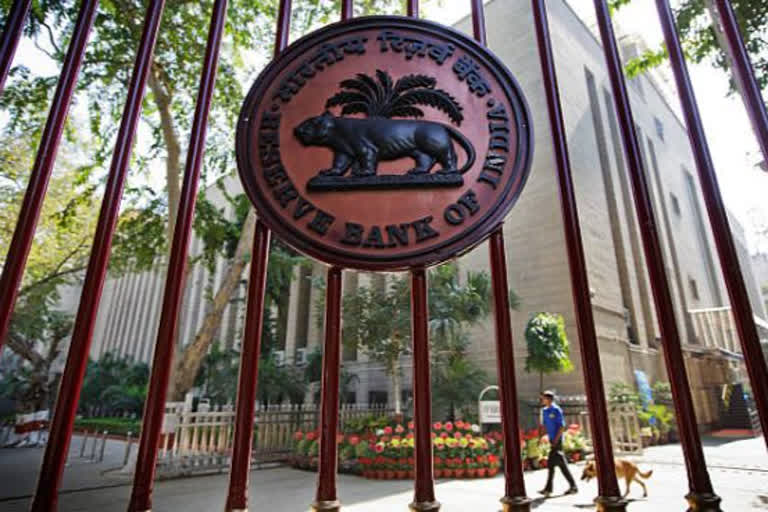Mumbai: The Reserve Bank on Monday proposed a comprehensive framework for sale of loan exposures, which could be standard, sub-standard or non-performing assets (NPAs), as part of the overall exercise to deepen the market for lending.
Loan sales may be resorted to by lenders for any reasons ranging from strategic sales to rebalance their exposures or as a means to achieve resolution of stressed assets by extinguishing the exposures.
Presently, the guidelines for sale of loan exposures, both standard as well as stressed exposures, are spread across various circulars of the RBI.
"A dynamic secondary market for bank loans will also ensure proper discovery of credit risk pricing associated with each exposure and will be useful as a leading indicator for impending stress, if any, provided that the volumes are sufficiently large," the RBI said while issuing the comprehensive draft framework for sale of loan exposure.
Read more:India's economy to contract by 3.2% in fiscal year 2020/21: World Bank
The stakeholders can send their comments on the draft framework to the RBI by June 30.
Lenders, the RBI said, resort to loan sales for reasons ranging from strategic sales to rebalance their exposures or as a means to achieve resolution of stressed assets by extinguishing the exposures.
The draft guideline proposed by the RBI for sale of loan exposures deals with various issues like asset classification of the loan to be transferred, nature of entity purchasing loan and mode of transfer of loans.
Standard assets would be allowed to be sold
As per the draft framework, standard assets would be allowed to be sold by lenders through assignment, novation or a loan participation contract (either funded participation or risk participation).
The stressed assets, however, would be allowed to be sold only through assignment or novation only, the draft said adding, stressed assets may be sold to any entity that is permitted to take on loan exposures by its statutory or regulatory framework.
The draft lays down norms for sale of NPAs to Asset Reconstruction Companies (ARCs) also buy back of NPAs in case the ARCs manage to turn them into standard assets.
The draft also proposes to do away with the requirement of Minimum Retention Requirement (MRR) for sale of loans by lenders.
A dynamic secondary market for bank loans will also ensure proper discovery of credit risk pricing associated with each exposure and will be useful as a leading indicator for impending stress, if any, provided that the volumes are sufficiently large, the draft said.
RBI proposes major changes in securitisation norms
RBI also proposed major changes in securitisation norms aimed at development of a strong and robust market for the same in the country.
Securitisation involves transactions where credit risk in assets are redistributed by repackaging them into tradeable securities with different risk profiles which may give various investors access to exposures which they otherwise will be unable to access directly.
The RBI said the revision in guidelines is an attempt to align the regulatory framework with the Basel guidelines on securitisation that have come into force effective January 1, 2018.
One of the salient features of the draft securitisation guidelines as compared to the existing guidelines includes, Only transactions that result in multiple tranches of securities being issued reflecting different credit risks will be treated as securitisation transactions.
In line with the Basel-III guidelines, two capital measurement approaches have been proposed - Securitisation External Ratings Based Approach (SEC-ERBA) and Securitisation Standardised Approach (SEC-SA).
The draft guidelines has prescribed a special case of securitisation, called Simple, Transparent and Comparable (STC) securitisations with clearly defined criteria and preferential capital treatment.
The definition of securitisation has been modified to allow single asset securitisations. Securitisation of exposures purchased from other lenders has been allowed, according to the revised guidelines.
"One of the key changes relates to differential treatment for Residential Mortgage Backed Securities (RMBS) compared to other securitisations in respect of prescriptions regarding minimum holding period (MHP), minimum retention requirements (MRR) and reset of credit enhancements, the draft document said.
These guidelines are applicable to all banks; All India Financial Institutions (NABARD, NHB, EXIM Bank, and SIDBI); and, non-banking financial companies including housing finance companies.
(PTI Report)



